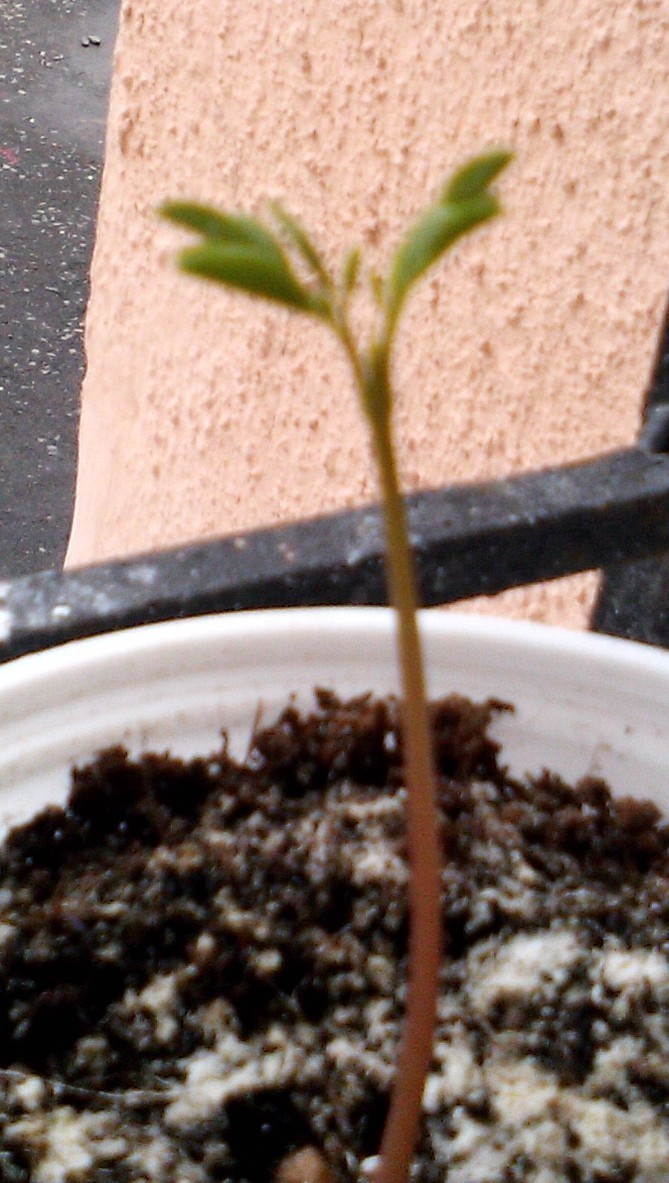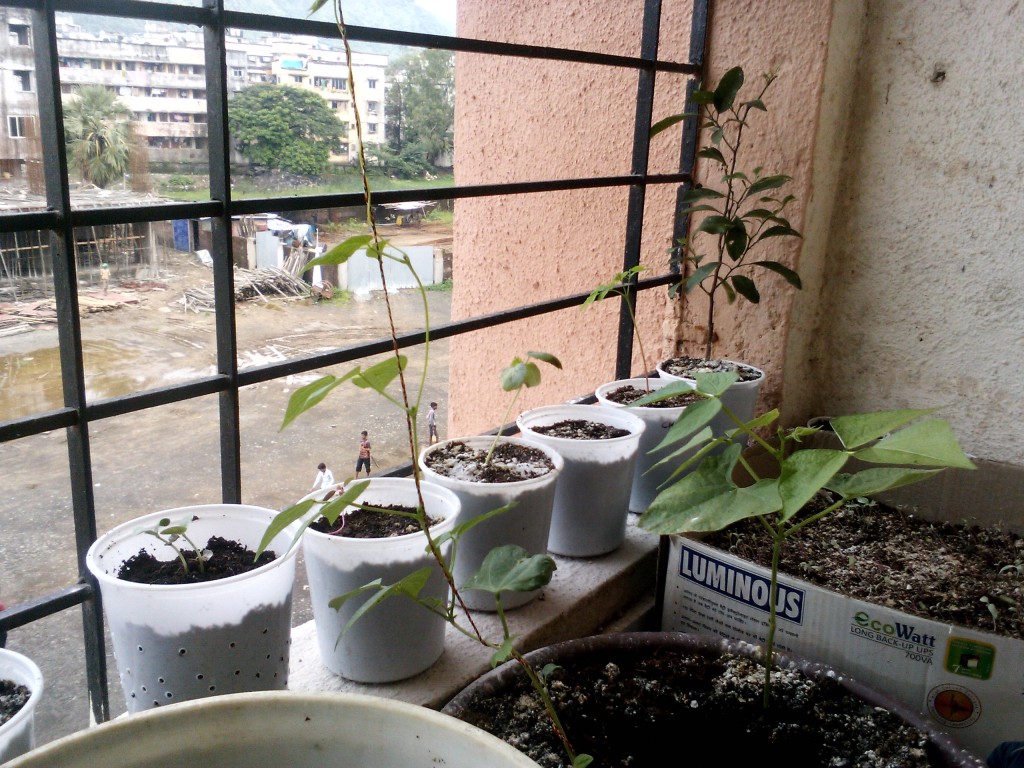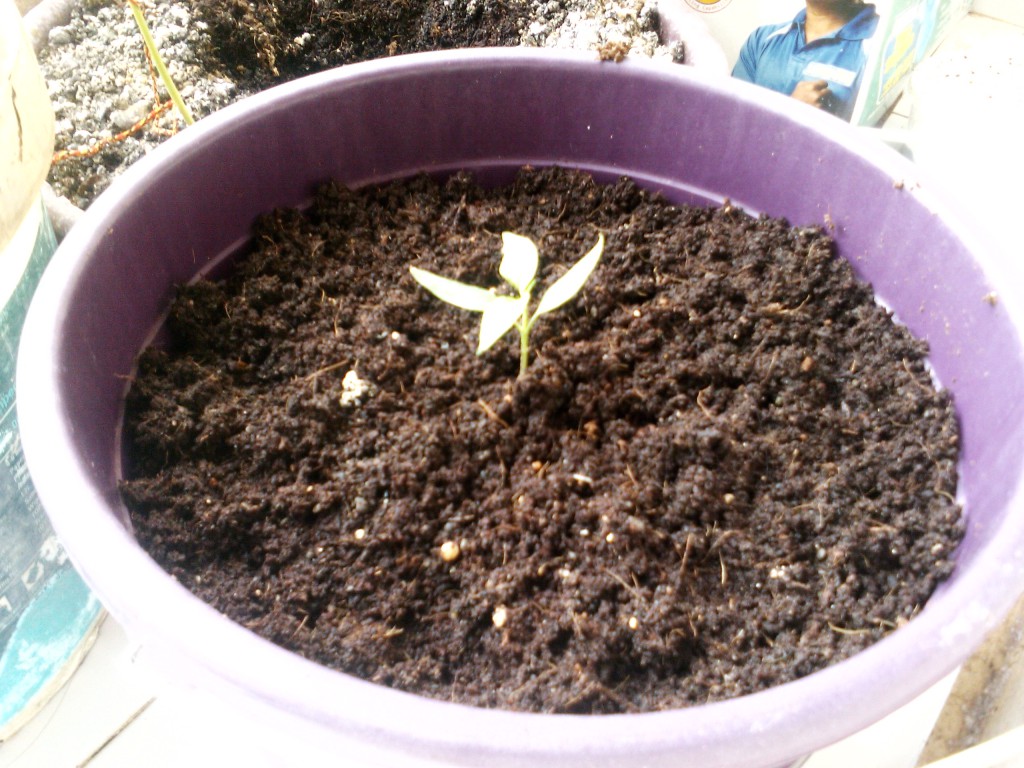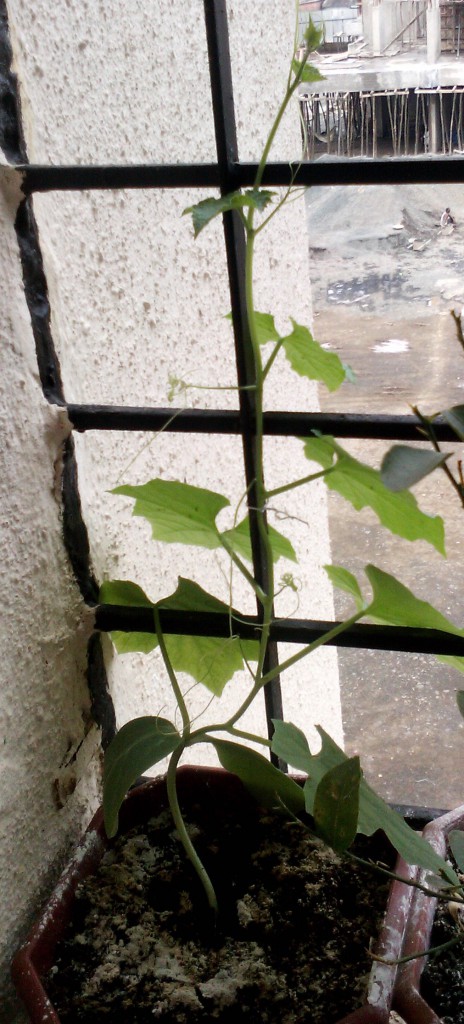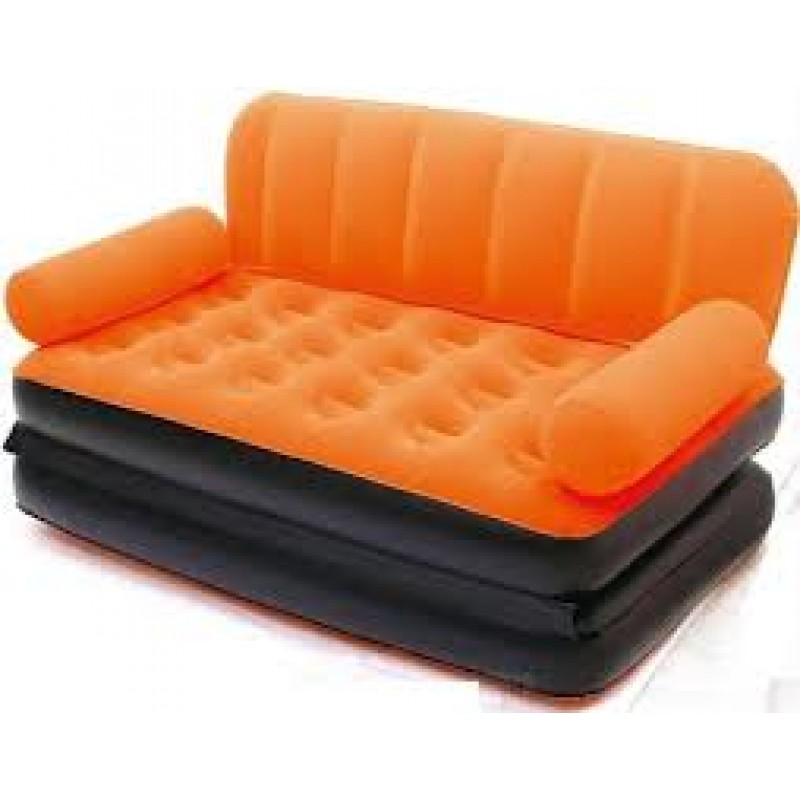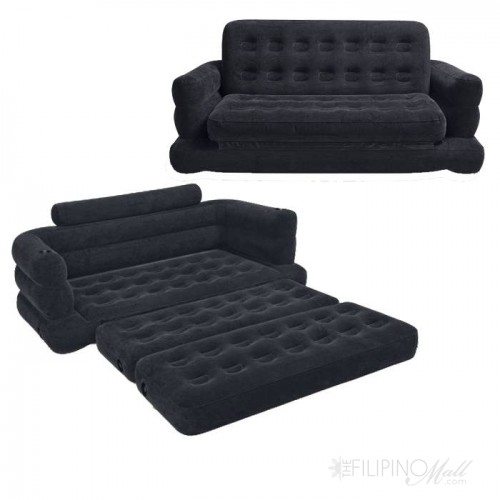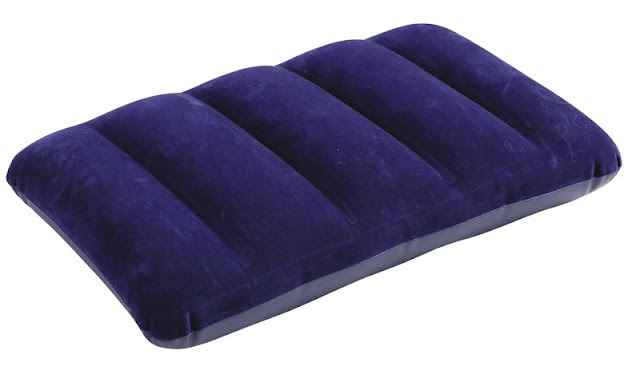So I now have a strategy for maximizing the use of space in my small balcony garden in order to get the most crops.
Beginning from having no plants….
Sow some quick gratification
Every new gardener is excitedly awaiting results and plants will grow at the speed they will, but why not plant some early rewards while you go about learning to create your edible garden? Planting lettuce, carrots and drumsticks will give you some harvest very fast. Lettuce can be picked in small amounts within a couple of weeks. Even more so if you choose an early variety. Carrots can simply be pulled up earlier if you get desperate to see some result and they will taste tender and refreshing even if not at expected size. Drumstick trees grow so fast that if you grow them in a container, expect to be pruning them routinely to keep them from heading for the sky. This means a lot of edible, highly nutritious leaves that can be cooked like spinach. Mustard and fenugreek also come up fast and can be sown for greens.
Or hunt for more ideas. I like the thought of working hard to get a basic garden established in a couple of weeks and being able to watch it daily and be able to occasionally harvest something while you wait for your bigger crops to come to fruit.
Watering
DON’T WATER TOO MUCH. It will cause more problems than it will help. Young seedlings need very little water. By the time they grow, you’ll have learned to recognize when they need water. Your container should have plenty of holes in the bottom – you should be able to pour water in and see it come out from the bottom. A common mistake of the new gardener is to imagine that the container must hold water. IT MUST NOT. You water a plant to soak the soil.
Excess water will harm your plant and starve roots of oxygen and rot its roots and create problems with fungus gnats. GUARANTEED. Aim to water once a week at best. You don’t need to water at all till you see soil drying in the container. For seedlings, it is trickier. They must not be allowed to dry out, so you can water at the first sign of drying on the top. Larger pots with plants can be watered when you can poke your finger in to the second knuckle and the soil is dry. Soak well till water drains from the bottom and ignore till it is dry again – however long that is. This varies. With some plants you’ll need to water often, others will seem fine for ages. Generally, more sunlight, larger plant, more holes in container, dry or desert climate and water loving plants like tomato or cucumber will be factors needing more frequent watering. Even daily or twice a day. Particularly once the fruit is set. A shady balcony without too much wind and a newly started garden will be fine for a week at least without watering.
I repeat DO NOT WATER MORE THAN YOUR PLANT NEEDS. The objective is not to fill the container with water, but to moisten the soil.
Selecting containers
I began with very small containers, imagining that I would pot up as the plants grew. It seems a bit instinctive for someone who wants to grow a lot in a small space, but I have fast learned that even for small spaces, large containers are better. Get the largest that make sense for the space. It is better to grow multiple crops in one pot than have many small pots – plants thrive better. Also what most people (read “me”) don’t realize easily is that the balcony space is limited in terms of area, not height, so one large container instead of three small ones gives you more depth and continuous volume of soil without taking up more floor space.
What to do with the small pots you instinctively hoarded? Use them to start seedlings and grow herbs and lettuce and other things that aren’t fussy.
Direct seeding vegetables go into a container first
This means that you start your carrots, turnips, raddishes, beans, peas and more in some of the biggest pots you have, while your seedlings grow. I have learned from experience that seedlings grow nowhere near as fast as it seems in “how to grow container vegetables” information found on the internet. From putting the seed into the soil to being ready for transplant, it can take from a month or even two if your small containers are generous enough. Keep a few large containers free for seedlings that are ready fast. By the time your seedlings are ready for more pots, your early vegetables (baby carrots and lettuce in particular) will have vacated their spaces, ready for you to plant your seedlings.
Start seeds in small containers
Seeds and seedlings don’t need much space, and no matter how much you love them, they will be happy enough (indeed at less risk of overwatering) in small containers. I often pick up used disposable plastic tea cups outside tea stalls. I have used empty eggshells as well.
Start the seeds, and once they start showing true leaves (this can be a couple of weeks), plant them into individual small containers so that they don’t grow up tangling their roots with their neighbours and remain easy to transplant.
If you plan this well, a square foot of space can contain all the seeds you are planning to plant in your balcony (and some to spare). Line up the small seedling pots along window sills or poke holes under their rims and hang them from somewhere suitable to save space if needed.
Plan your large containers
As your seedlings come up, it is time to plan your large containers to use space the best. A big bucket will hold one tomato plant, but you can easily plant basil or mint around it. Once your peas have come up a bit, plant your spinach or lettuce around them. Train your cucumbers and beans to climb up the grill or lean a stick against the wall to keep them off the ground (not just saving space, but less risk of disease and better shape). Beans and tomatoes work well in one container too. As long as I watch the plants well and make sure they have plenty of water, they don’t seem to mind the slight crowding so far. I will update as the season progresses.
One smaller bucket has peppers in the middle surrounded by “Little Finger” carrots.
Arrange plants to maximize sunlight
If you are planting in a balcony, at best you’ll have sunlight for part of the day. Arrange your containers so that plants get the most sunlight possible. I use hanging containers along the grill of the balcony so that the space is vertically used.
Relocate the greens to under larger plants
Once your seedlings are ready to transplant, plant greens around them. so that the pots you planted greens in earlier can be freed for more seedlings as they become ready. Mint, catnip, garlic and more can repel pests from plants and help protect them as well.
Use vertical spaces
It may mean simply hanging containers from the walls or ceilings to grab the light available in those spaces or it can mean elaborate designs for form or function, but just remember, for the space starved gardener, one direction to expand in is “up”.
This is it, I guess. My plan for starting container gardens in balconies. Hopefully if I ever need to do this again, I’ll be able to read this and not repeat mistakes 😀

